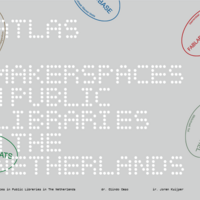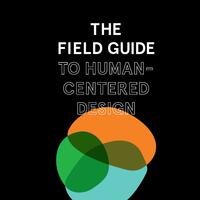Search
Books+
Searching 1,730 books
Search related to the career Interior Designer
Interior designers improve functionality in a space through various methods:
Space Planning: Interior designers analyze the available space and create efficient layouts that optimize functionality. They consider factors such as traffic flow, furniture placement, and accessibility to ensure a well-organized and functional space.
Ergonomics: Interior designers prioritize the comfort and usability of a space by considering ergonomic principles. They select furniture and fixtures that promote proper posture, reduce strain, and enhance productivity.
Storage Solutions: Interior designers incorporate smart storage solutions to maximize space utilization and improve functionality. They design custom storage units, utilize built-in cabinets, and suggest innovative storage options to keep the space organized and clutter-free.
Lighting: Interior designers carefully plan the lighting scheme to enhance functionality. They combine natural and artificial lighting sources strategically to provide adequate illumination for different activities. Task lighting is used in work areas, while ambient lighting creates a welcoming atmosphere.
Color and Material Selection: Interior designers choose colors and materials that enhance functionality. They consider factors such as durability, ease of maintenance, and visual appeal. They may use reflective surfaces to maximize natural light or select colors that promote a specific mood or activity.
Accessibility: Interior designers ensure that a space is accessible to all individuals, regardless of their physical abilities. They incorporate universal design principles, such as wider doorways, lever handles, and barrier-free layouts, to improve functionality and inclusivity.
Technology Integration: Interior designers integrate technology into a space to improve functionality. They consider the placement of electrical outlets, data ports, and audio-visual equipment to accommodate modern needs. They may also suggest smart home automation systems for enhanced convenience.
Multi-functional Furniture: Interior designers select versatile furniture pieces that serve multiple purposes. They recommend modular furniture, convertible sofas, and expandable tables to optimize space and adapt to changing needs.
Workflow Optimization: Interior designers analyze the workflow within a space, such as in a kitchen or office, and suggest improvements to enhance functionality. They consider the placement of appliances, workstations, and storage areas to create efficient and ergonomic layouts.
By implementing these strategies, interior designers can significantly improve the functionality of a space, making it more practical, efficient, and enjoyable for its occupants.
Source: Various AI tools
Website design
Books tagged website design
Vocational skills
Georgics
Maps
Entrepreneurship
Books tagged entrepreneurship
Engineering
Books tagged engineering
Pyramid project
Books tagged pyramid project
Searched in English.






































